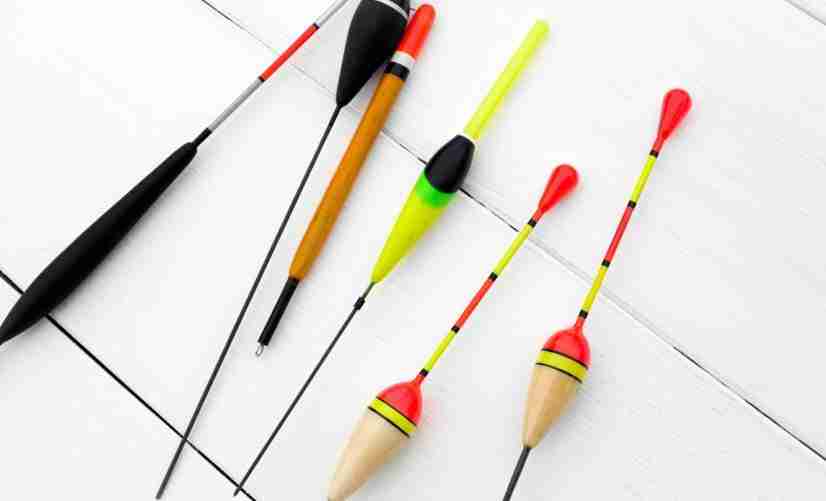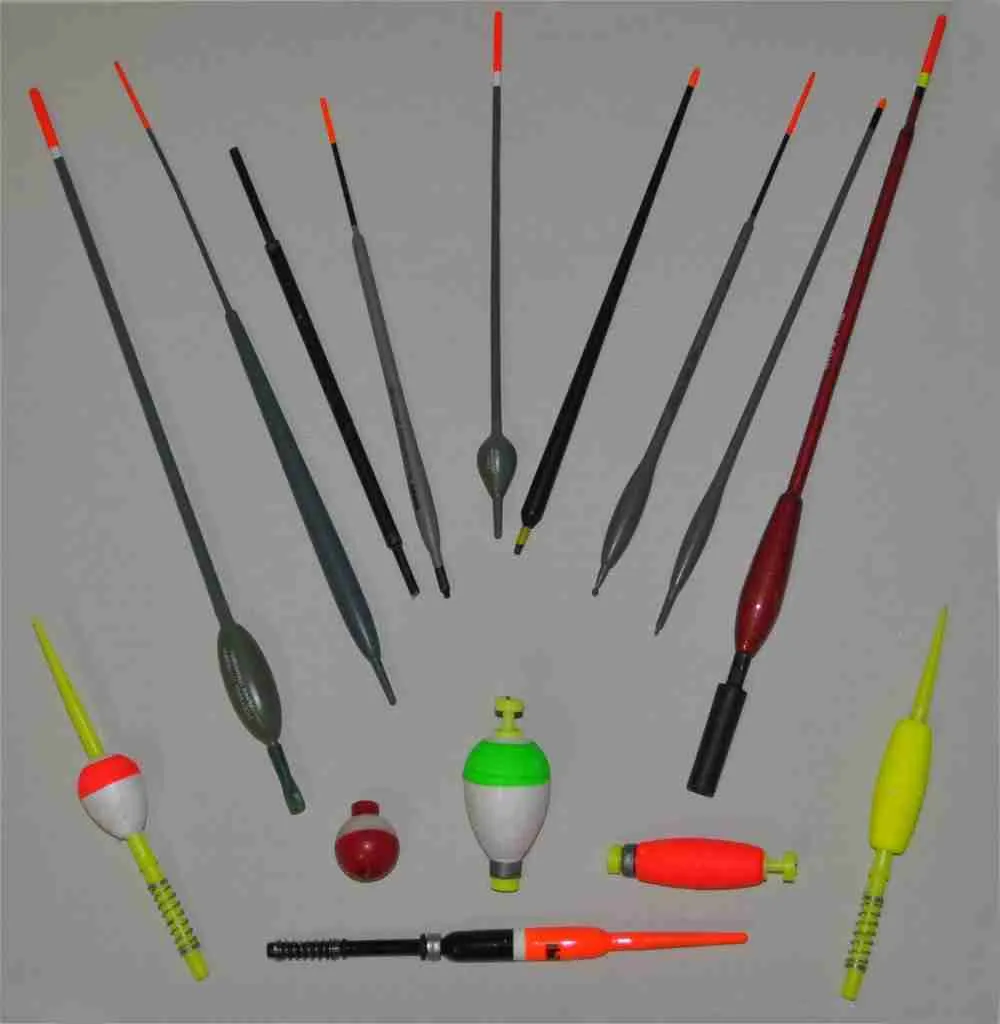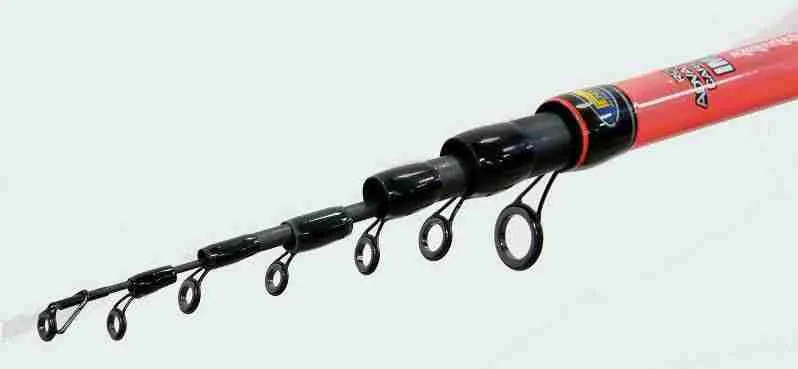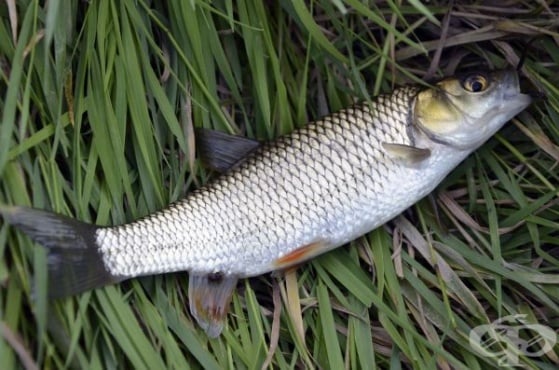
Choosing a float for a fishing rod

7 min read
Welcome to our guide on choosing a float for a fishing rod! Floats, also known as bobbers or indicators, are a common piece of fishing tackle that is used to help detect bites and keep the bait or lure at a specific depth in the water.
There are many different types of floats available, and choosing the right one for your fishing needs can be a challenge. In this guide, we will be exploring the different types of floats and how to choose the best one for your fishing rod.
So let’s get started and learn about choosing a float for a fishing rod!
What is a “Float” and its functional purpose
Recreational fishing is a hobby that gains more and more fans every year, so beginners should know how to choose a float for their rod. It’s nice to sit on the banks of a river or lake, cast a fishing rod and enjoy nature while watching the float. But to get a good catch requires attention to every detail, including rigging. How to choose the right float to ensure a full cage?

A float is a part of the equipment, the main purpose of which is to signal the bite of a fish. Additionally, the duties of this part include indicating the location of the equipment, holding the hook at the required depth, and orienting the angler relative to the bottom relief.
It also acts as an additional traction element when making a long cast. That is why the question of how to choose a float is relevant and important.
Previously, floats were made from cork or goose feathers, but the development of technology has led to the emergence of a wide variety of floats.
On the shelves of stores are the following varieties in shape:
- Needle-shaped, needed for fishing in still water;
- Barrel-shaped, used for fishing in a small current;
- Spherical, necessary for windy weather;
- Teardrop-shaped, which will be ideal for fishing in wiring;
- Disc-shaped, used in plug-in fishing;
- Extended antennas with bottom weight for maximum casting distance.
Which float is better? There is no definite answer to this question since the choice of this part of the equipment will depend on the rod and the method of fishing.
Choosing a float for a fishing rod: Fly rod
Fly rods are most often used for still-water fishing. The principle of this method of fishing is to feed the nozzle to the selected place of the alleged parking of fish or a successful bottom relief by means of a “swing” with a rod with a straight action.
The fly rod float should be as light as possible. The carrying capacity of the float can vary from 0.3 to 3 grams.
In shape, this species belongs to the usual “antennas”, which are closest in shape to the usual goose feather. The light weight helps to feel good even with the most careful bites. And the close proximity of the signaling device to the angler makes it possible to use the thinnest antenna possible.
For a better visibility, we select bright colors, since the color of the surface part, which is required exclusively for the fisherman, is not of fundamental importance for fish.
Bolognese rod

”Bolognese” fishing is another way of fishing from the shore, which has many anglers among its fans. This is the most sporty way of fishing with a float rod, as it requires the right approach to choosing gear.
The float for the Bolognese fishing rod is different from other types. It is best to choose a teardrop shape, which will make it possible to make confident wiring without fear of overlapping or sinking equipment.
The sinker, as a rule, is selected with a carrying capacity of 3 grams. This is due to the presence of current in the places of fishing on the Bolognese rod and the casting distance.
There are two options for floats for this fishing:
- Sliding variety. A Wagler or a sliding float is a relatively young invention, which is a teardrop-shaped float, slightly elongated, with an internal load that can be collapsible. This allows the angler to adjust the weight of the rig directly on the spot.
With the sliding version, the float for the fishing rod is attached to the fishing line through the loop and simply walks freely along it between the end of the rod and the locking bead located at the place where the leash is attached. This makes it possible not to worry about setting the depth but will not give the ability to regulate the location of the nozzle in the thickness. Fishing will only take place from the bottom.
- Silent equipment. It is less commonly used for Bolognese fishing. In this case, the fisherman sets a pre-selected depth value and fixes it. Further adjustment takes place manually before casting.
Telescopic rod
A fishing method that involves fishing at a considerable distance from the coast. Sometimes the casting distance can reach 18-20 meters. In this case, casting as such does not occur. The angler simply delivers the nozzle to the place of fishing by building up the knees of the rod.
For this type of fishing, you need to choose a float that will be clearly visible at such a considerable distance. The selected signaling device should be watchful and not weigh much in order to respond to the most careful poking of fish.
A float with a long and thin antenna, clearly visible at a great distance from the coast, will be universal.
Marker floats
This variety is not used directly for fishing. They are necessary to determine the bottom topography and depth measurement. This type of floats includes floating models, which are attached using sliding technology.
When casting at the moment of tightening, the float rolls down the fishing line to the sinker. As soon as the float sinks all the way into the sinker, the angler needs to make a mark on the line, indicating the depth.
Next, you need to bleed the fishing line until the float appears on the surface and repeat the measurement procedure from the beginning. Thus, it is possible to get an idea about the bottom topography, its composition, and the depth of the place of fishing.
Floats for other types of fishing
Bite alarms are used not only in traditional float fishing but may be required for other methods of fishing.
For example:
- Zherlitsa;
- Tackle.
For catching predatory fish on live bait, most often this device does not require a full-fledged float, but some amateurs use models equipped with barrel-shaped varieties. These types of floats have good buoyancy and practically do not sink. When choosing, one should take into account the size of the live bait and its strength, so as not to interfere with its free swimming in the thin water.
Floats are not used for feeder fishing. In this case, the bite signaling device is a tip or special bells hung on a fishing line.
This is due to the fact that the casting is carried out very far, and it is not possible to see the float. The question of how to choose a float for a fishing rod is important for every fishing lover since the number of fish caught will largely depend on this detail.
The best way to choose a float for a fishing rod is to consider the type of fish you are trying to catch. If you are trying to catch a large fish, you will need a larger float. If you are trying to catch a smaller fish, you will need a smaller float. You should also consider the type of water you are fishing in. If you are fishing in a lake, you will need a different float than if you are fishing in a river.
Conclusion
In conclusion, choosing the right float for your fishing rod can be a crucial factor in your success and enjoyment on the water.
There are many different types of floats available, each with its own unique features and characteristics, and it is important to consider your fishing needs and preferences when making a selection.
Whether you are a beginner or an experienced angler, taking the time to select the right float for your fishing rod can help you to catch more fish and have a more enjoyable fishing experience.


